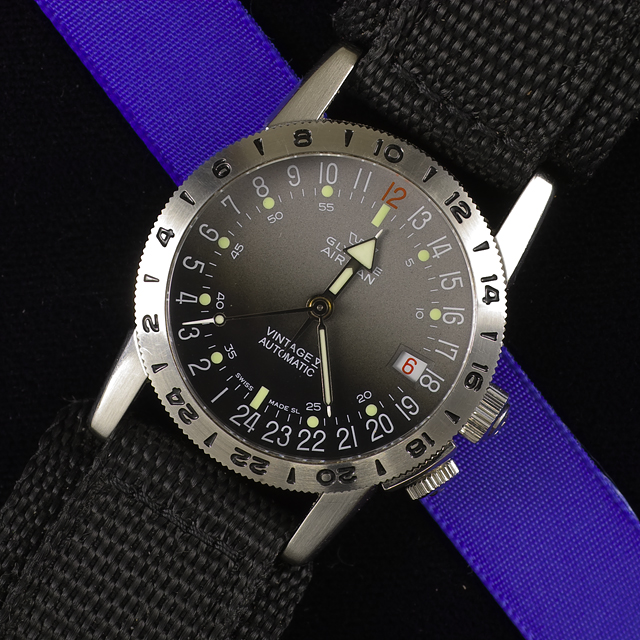Results 21 to 26 of 26
Thread: Trouble with reflections
-
21st October 2015, 05:05 PM #21
Re: Trouble with reflections
-
21st October 2015, 07:24 PM #22

- Join Date
- May 2012
- Location
- northern Virginia suburb of Washington, DC
- Posts
- 19,064
Re: Trouble with reflections
I'd like to see any photo (good, bad or in between) of the subjects because I've never seen curved glass in a frame that is so relatively large. I actually wonder if the frames have any historical importance.
-
21st October 2015, 08:08 PM #23
Re: Trouble with reflections
I'll post one, hopefully later this week... I'll be going over this week to take pictures of my grandmother canning pears, and will see what I can do about the portraits.

I am sure they are old... I will try to get a year from my grandpa... I believe one of them is a baby picture of my great grandmother.
-
23rd October 2015, 01:16 AM #24

- Join Date
- Apr 2012
- Location
- Dunedin New Zealand
- Posts
- 2,697
- Real Name
- J stands for John
Re: Trouble with reflections
Kirsty ... Editing using layers is not that difficult and largely common sense as to what ' looks right '. Bear in mind that each frame should be saved and what you are working in each layer is only a copy so if you make a mistake it can be replaced.
My feeling without having ever struck such a problem subject is firstly having the camera locked in position with either a tripod or some fixed and sturdy ;something' with the camera bolted to it using a quarter inch bolt. Then go to the first suggestion in the thread with one light but with a cardboard trunk attached so the light does not spill all over the place, and remembering where the light reflects from move it over the subject maintaining the same distance and you could end up with half a dozen shot and half a dozen layers is not 'that' many. You then start with the top layer and erase it where the light is spoiling it. Then select the second layer and so on down the pile of layers.
The point is you will always be afraid of complicated editing if you do not take the first step to realise just how easy it often is and the more you practice the more confident you will get.
Not your subject but posted to encourage you to try ... this used half a dozen hand held frames of the dog and man ... so each had to be registered with the others and my editor as I expect you permits you to reduce the density of an upper layer so you can see the layer below it so the registration goes 2to1 3to2 etc.
"FETCH !"

-
23rd October 2015, 02:47 AM #25
Re: Trouble with reflections
Oh! That's not what I had in my mind's eye.
This now appears on the face of it, to be a significant undertaking.
The radius I don't need - but when you post a photo of one of these pictures can you also give an estimate of the height at the centre of the glass relative to the frame's edge - in other words looking sideway how tall is the "bubble" of the glass casing?
I haven't seen anything such as described either.
WW
-
23rd October 2015, 02:24 PM #26

- Join Date
- Feb 2012
- Location
- Texas
- Posts
- 6,956
- Real Name
- Ted
Re: Trouble with reflections
Kristy,
Late to the post but I have the same experience on a smaller scale - watch glasses, many of which are curved. Like a previous suggestion, I use two lamps one each side. In your case, I would think that the radius of curvature of the glass is quite large allowing you to place the lamps such that the light rays are not reflected into the camera at all. In my case, because there are round metal surfaces, specular reflections from those are unavoidable, so I place diffuser sheets between the lamps and the subject which reduces but does not eliminate those highlights completely.
Small 640x640 pic but gives you an idea of what's possible:

The dial shading is by the manufacturer. The glass is sapphire, double-domed (curved underside) and anti-reflective coated which does help. The dark areas on the outside ring are reflections: the one at 20 is a tripod leg; the darker area at top is a darker portion at my side of the bench top. Lately, I've been getting more even peripheral lighting with curved pieces of tracing paper and by placing the lamps further away.
You'll probably get better results using lamp stands. So that the reflected rays don't get into the lens, try to use a longer focal length and bring the camera further away from the subject. Baffles between the lamps and the camera will serve to reduce lens flare. Tripod highly recommended.
This is one of my best shots with the glass almost invisible. You can see more watches and some less successful shots here:
http://kronometric.org/tcw/
.Last edited by xpatUSA; 23rd October 2015 at 02:50 PM.

 Helpful Posts:
Helpful Posts: 

 Reply With Quote
Reply With Quote